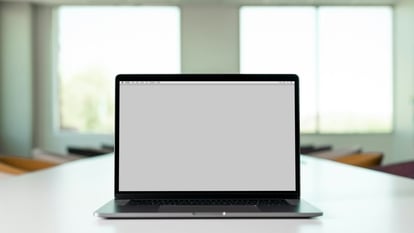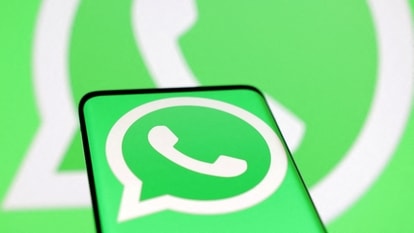Will Apple Pay users wave goodbye to the wallet?
Over 1 million consumers activated credit and debit cards via the company's new mobile payments service within the first 72 hours of the service going live in the US. And according to Apple CEO Tim Cook, that makes the new service the biggest and most popular currently available.
Over 1 million consumers activated credit and debit cards via the company's new mobile payments service within the first 72 hours of the service going live in the US.
And according to Apple CEO Tim Cook, that makes the new service the biggest and most popular currently available.
Revealing the figures during the inaugural Wall Street Journal WSJD Live Conference on Monday, Cook said that according to Visa and MasterCard, when added together that number is 'more than the total of all the other guys [every other contactless payments service in the US]. We've only been at it a week. I feel fantastic...We're just getting started, but the early ramp looks fantastic.'
Apple Pay uses an iPhone's integrated fingerprint sensor to validate a purchase at a point of sales terminal in a physical store. Just pull out the smartphone, hold it near the terminal and touch the sensor with a thumb and the transaction is complete and secure. No need to unlock the phone, launch an app or scan a QR code.
As well as simplicity, Apple is also making a big deal about the fact that, unlike services such as Google Wallet, Apple Pay doesn't keep tabs on its users' spending habits, doesn't share shopping data for marketing purposes and doesn't have access to bank account details, it only mirrors a payment card.
And while Apple wouldn't be Apple if it didn't talk up its products, services and achievements, a new report from Juniper Research published Tuesday shows that Apple Pay is what the wider industry has been waiting for.
With Apple leading the way, over 500 million consumers are expected to adopt contactless payments via a smartphone -- be it Apple Pay or a competitor's service -- by 2019.
Globally 100 million consumers currently use contactless payment technology, be it via a contactless credit card or a smartphone that supports Near Field Technology (NFC) and a complementary app.
As such, Juniper expects that 75% of all new smartphones will support NFC before the end of the decade.
And where Apple leads or innovates, others tend to follow, and this is already leading to problems in the US -- the only territory where Apple Pay is currently live.
Walmart has decided that it will not be accepting Apple Pay in its stores and has shut down terminals' ability to respond to NFC. It claims that the move is to protect its customers from a bad experience, but the firm is also a member of a consortium of retailers called MCX, which is developing its own competitor to Apple Pay called CurrentC which has already been in development for over two years.
'There are certainly a lot of compelling technologies being developed, which is great for the mobile-commerce industry as a whole. Ultimately, what matters is that consumers have a payment option that is widely accepted, secure and developed with their best interests in mind. MCX member merchants already collectively serve a majority of Americans every day. MCX's members believe merchants are in the best position to provide a mobile solution because of their deep insights into their customers' shopping and buying experiences,' the consortium said in a statement issued on Monday to explain why its members had stopped accepting Apple Pay.
When asked about the decision, Tim Cook described MCX's position as a skirmish and as a problem that will be solved by consumers -- they will use the services that they want to use and ignore the ones that they don't.
Catch all the Latest Tech News, Mobile News, Laptop News, Gaming news, Wearables News , How To News, also keep up with us on Whatsapp channel,Twitter, Facebook, Google News, and Instagram. For our latest videos, subscribe to our YouTube channel.


























